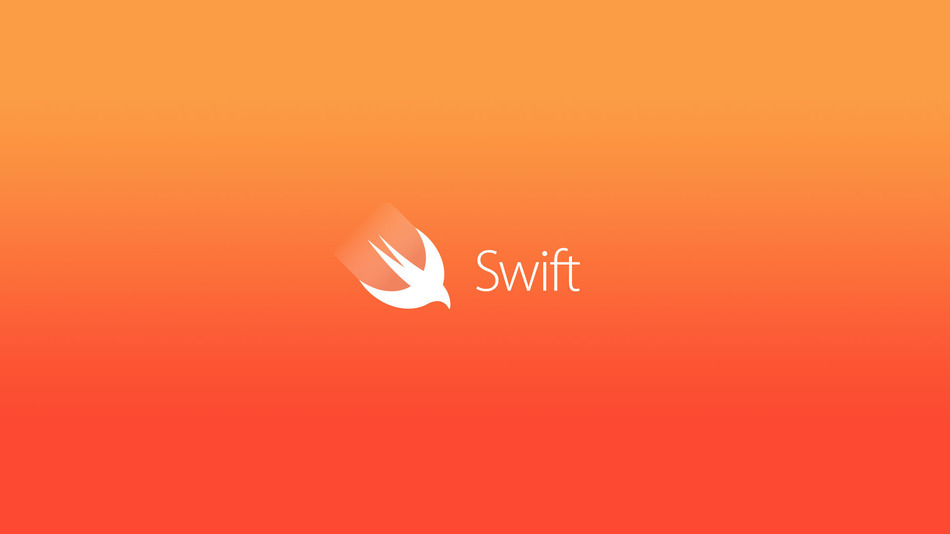Swift Property
02 Mar 2017
기본 컨셉
Property라는 개념은 다른 언어의 멤버변수와 같은 개념입니다. 엄밀한 의미에서 property = 멤버변수를 의미하지 않습니다만, 거의 같은 개념으로 이해하셔도 무방합니다. property는 class뿐만 아니라 structure, enum에서도 쓰입니다. 그 중 가장 기본이 되는 property는 stored property입니다.
1. Stored Property
class Info {
// 많은 시간이 걸리는 자료 추가
}
class Rectangle {
var _width: Double!
var _height: Double!
lazy var tag = Info()
}
var r1 = Rectangle().tag // <- 이 시점에 tag에 대한 데이터들을 가져옵니다.위의 코드에서 바로 _width와 _height가 바로 stored property에 해당합니다. 말 그대로 값을 저장하는 속성입니다. 위의 코드에서 독특한 것이 바로 lazy입니다. stored property는 원래 인스턴스 생성시 바로 선언됩니다. 하지만, 앞에 lazy 키워드가 들어가게 되면 해당 property는 인스턴스 생성시 선언되지 않고, 해당 property를 호출하였을 때 선언됩니다. 이는 데이터가 많은 property를 저장할 때, 필요한 경우에 불러 올 수 있는 장점이 있습니다.
2. Computed property
Computed property는 getter와 setter의 개념을 포함한 property입니다. 즉, Computed property를 통해서 단순히 변수 값을 받아오거나 설정하는 것을 넘어서서, 값을 내부적으로 조작하는 것, 다른 property들로 값을 넘겨주는 것 등의 일을 할 수 있게 해주는 것이 Computed property입니다. 그 기본 형태는 아래와 같습니다.
var variableName: dataType {
get {
//code to execute
return someValue
}
set(newValue) {
//code to execute
}
}출처 : SyntaxDB
위에서 variableName에 들어가는 변수가 원하는 해당 Computed property의 이름이 됩니다. 즉, className.variableName의 표현으로 class(혹은 structure, enum) 내부의 변수들에 접근할 수 있게 되는 것이죠.
class Rectangle {
private var _width: Double!
var width: Double {
get {
// _width를 가져오기 전 작동하는 code
return _width
} set {
// _width를 설정하기 전 작동하는 code
_width = newValue
}
}
}
var r1 = Rectangle()
r1.width = 10
print(r1.width) // 10이를 활용한 표현은 다음과 같습니다. 위에서 r1.width는 var width: Double { 이하를 통해 가능한 표현입니다. r1.width에 값을 설정하는 것은 setter를 통해 구현된 것이고, r1.width의 출력을 위해 가져오는 것은 getter를 통해 구현됩니다. 이 때 단순히 _width의 값을 설정하는 것뿐만 아니라, 일정한 코드를 넣어서 “계산”을 할 수 있습니다. 이 때문에 위 property는 Computed property로 불리는 것을 알 수 있습니다.
// nil을 먼저 체크하여 빈 String으로 변환
private var name: String!
var name: String {
get {
if name == nil {
name = ""
}
return name
}
}위에서 name은 Optional이기 때문에 값을 가져올 때, nil일 수 있어서 에러를 만들 수 있습니다. 그렇기 때문에, name이 nil인지를 먼저 체크하여, nil이라면 빈 스트링(““)을 넣어주는 작업(Compute)을 통해, 에러를 방지할 수 있게 해줍니다.
// progress가 0부터 1 사이에서 벗어나지 않도록 설정
var progress : CGFloat {
set (newProgress) {
if newProgress > 1.0 {
_innerProgress = 1.0
} else if newProgress < 0.0 {
_innerProgress = 0
} else {
_innerProgress = newProgress
}
}
}위의 코드의 경우에는 _innerProgress값을 설정하기 이전에 0부터 1 사이의 값인지를 체크하여 값을 0과 1사이의 값으로 고정하는 작업(Compute)을 수행합니다.
3. Property Observer
Property Observer는 stored property에 달 수 있는 것으로, 값의 변화를 주시하여 값이 변하기 직전(willSet)과 직후(didSet)에 어떤 행동을 할 수 있게 해주는 것입니다.
class StepCounter {
var totalSteps: Int = 0 {
willSet(newTotalSteps) {
print("About to set totalSteps to \(newTotalSteps)")
}
didSet {
if totalSteps > oldValue {
print("Added \(totalSteps - oldValue) steps")
}
}
}
}
let stepCounter = StepCounter()
stepCounter.totalSteps = 200
// About to set totalSteps to 200
// Added 200 steps
stepCounter.totalSteps = 360
// About to set totalSteps to 360
// Added 160 steps위의 경우와 같이 어떤 값을 설정할 경우 Property Observer는 그 값의 변화를 관찰하고, 값이 변하면 어떤 행동을 하는 것을 가능하게 해줍니다.
4. Type Property
Type Property는 static을 통해 설정하는 class 변수로 이해해도 무방합니다.
struct SomeStructure {
static var storedTypeProperty = "Some value."
static var computedTypeProperty: Int {
return 1
}
}
enum SomeEnumeration {
static var storedTypeProperty = "Some value."
static var computedTypeProperty: Int {
return 6
}
}
let s1 = SomeStructure()
// SomeStructure.storedTypeProperty, 올바른 표현
// s1.storedTypeProperty, 오류위의 경우 SomeStructure에는 storedTypeProperty가 static으로 선언되어 있습니다. 이 말은 앞으로 만드는 모든 SomeStructure타입의 인스턴스에는 storedTypeProperty가 “Some value.”으로 저장되는 것을 의미합니다. 그렇기 때문에 Type Property는(개별 인스턴스와 관련된 것이 아니라) 타입들 자체와 연관된 것이기 때문에, 인스턴스 별로 호출할 수 있는 것이 아니라, 타입 자체를 통해 접근할 수 있습니다.(SomeStructure.storedTypeProperty의 형태)
다만 class 타입에서는 static 키워드 대신 class 키워드를 사용하면, 해당 클래스를 상속 받은 자식 클래스가 해당 Type Property를 override할 수 있습니다.
class SomeClass {
static var storedTypeProperty = "Some value."
static var computedTypeProperty: Int {
return 27
}
class var overrideableComputedTypeProperty: Int {
return 107
}
}
class Child: SomeClass {
// static 키워드로 부모 클래스에 동일하게 선언되어 있으므로 에러
override static var computedTypeProperty: Int {
return 30
}
// class 키워드는 static과 동일한 역할을 하여 type property로 쓰일 수 있으면서 동시에 오버라이딩도 허용하여 Child 메소드의 값을 반환
override class var overrideableComputedTypeProperty: Int {
return 120
}
}
var k = SomeClass.overrideableComputedTypeProperty // 107 출력
var x = Child.overrideableComputedTypeProperty // 120 출력위의 코드처럼, Child 클래스가 SomeClass를 상속받을 경우, class 키워드로 만든 Type Property는 오버라이딩을 허용하여, 동일한 property명으로 Type Property를 만들면 자식 값을 반환합니다. 반면, static 키워드는 오로지 1개의 값만을 가지도록 합니다.
참고자료 : Apple Inc. The Swift Programming Language (Swift 3.0.1)